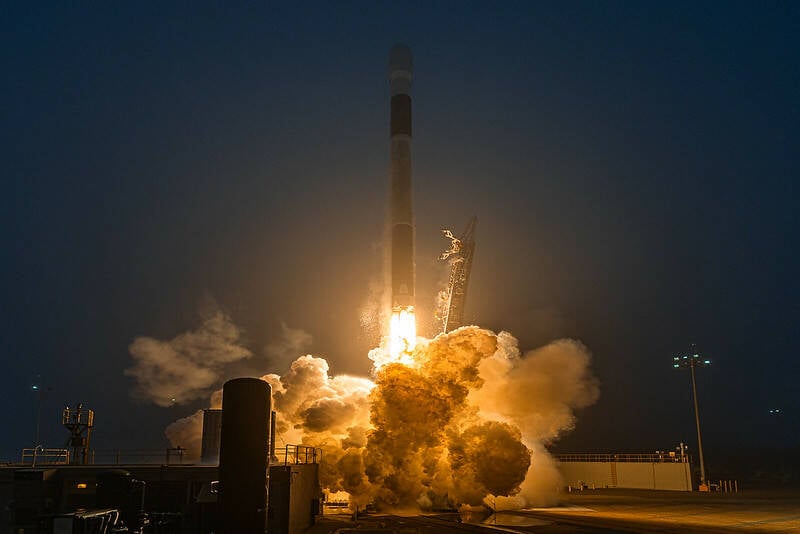
"According to Firefly, everything went well until stage separation, when the first stage ruptured. Firefly put this down to "excessive heat from Plume Induced Flow Separation." The problem was that the rocket was flying at a higher angle of attack than in previous missions. Heat on one side of the rocket was intensified due to "plume induced flow separation", structural margins were reduced. As a result, the booster ruptured under the stage separation loads."
"Though the booster's job was technically complete, the pressure wave from the rupture struck the second stage, causing the engine nozzle of the second stage to be lost, resulting in substantially reduced thrust. According to Firefly, the second stage performed well and recovered attitude control, but there wasn't enough propellant for it to reach orbit. It made it to an altitude of 320 km, but was three seconds short of reaching orbital velocity and five seconds short of where it needed to be to deploy"
The Message In A Booster mission launched April 29 carrying an experimental Lockheed Martin satellite but failed to reach orbit after stage separation. The first stage ruptured due to excessive heat from plume induced flow separation while flying at a higher angle of attack, which reduced structural margins. The rupture produced a pressure wave that damaged the second stage engine nozzle, sharply reducing thrust. The second stage recovered attitude control but ran out of propellant, reaching 320 km and missing orbital velocity by seconds. Firefly implemented reduced angle of attack and increased thermal protection and received FAA clearance to proceed with flight 7. The company recently completed an IPO and seeks further successful launches after mixed early Alpha rocket results.
Read at Theregister
Unable to calculate read time
Collection
[
|
...
]